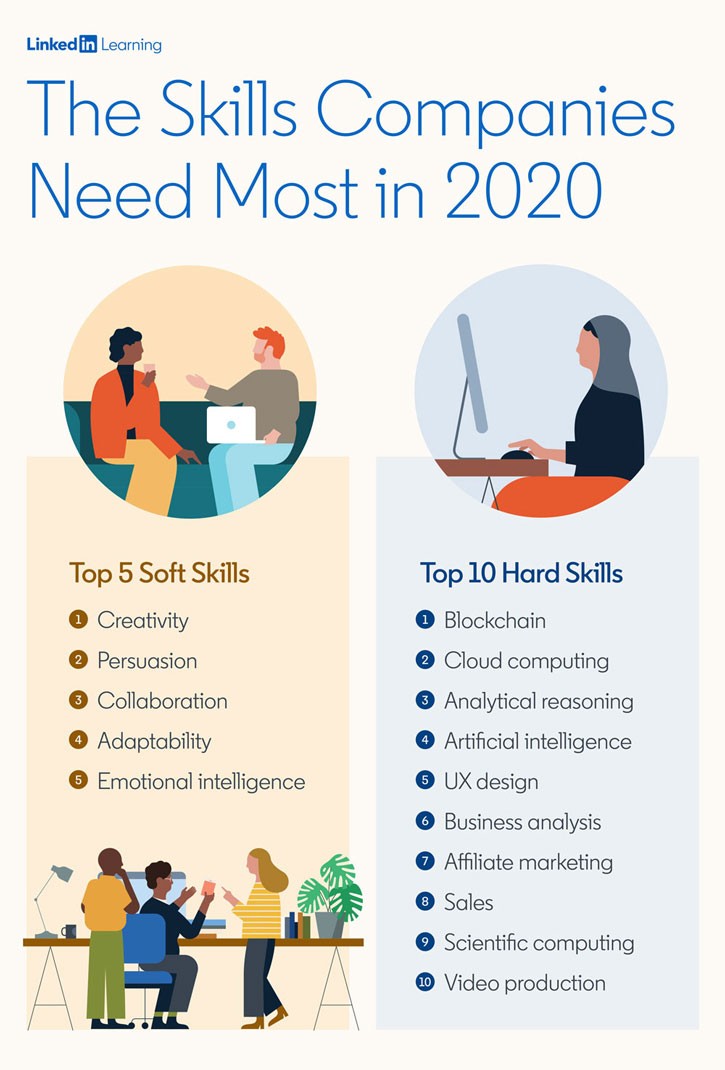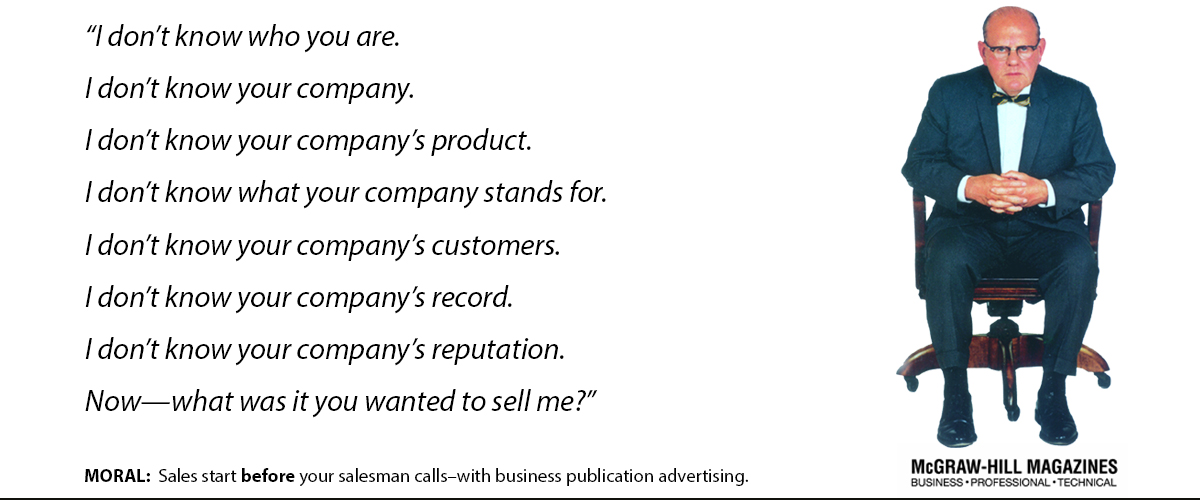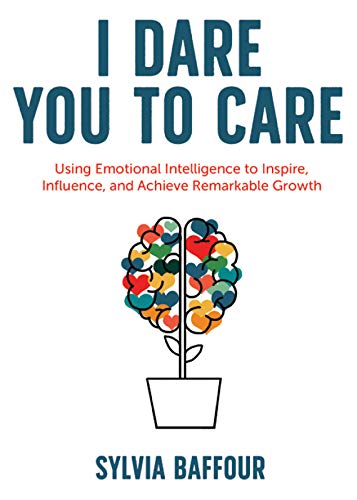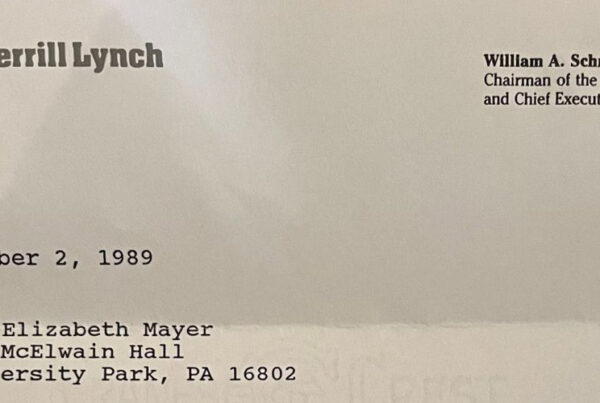
Last week, I wrote “Internship – Keep It this Summer – Big Idea #1,” based on some of my students (I’m an adjunct at the University of Maryland1) asking me for advice as their internships are likely to be canceled. As such, I wrote the advice down in last week’s post with help from my friend Janet, a colleague in talent development and recruiting. After sharing the blog post with her, we brainstormed some more and came up with some advice for students to create your internship for the summer or for any time.
In this article, you’ll find specific how-to’s, suggestions, tips, and resources. It won’t be easy. It will be rewarding. Good luck!
CREATE YOUR INTERNSHIP
Because of COVID19, many organizations are scaling back or canceling their internships programs (see the other article). To counter these prevailing winds, you the student, MUST, MUST, MUST demonstrate you already possess some of the requisite skills.
AND, here is the second part of this. That you WILL, WILL, WILL be a productive employee within one week, two at the very most. This requires a different mindset in how you approach prospective employers. Typical internships, you learn more than you give. That’s the nature of an internship. Now, I firmly believe, if you demonstrate you can provide more value, prospective hiring managers will be (more) receptive to hearing your proposal.
Here are my 7 steps to create your internship. Following the 7 steps, you’ll find 3 bonus ideas to help you refine and improve your public speaking and storytelling as it relates to create your internship.
1. IDENTIFY YOUR REAL-WORLD JOB SKILLS
Make yourself a skills inventory. List all of the specific hard skills and soft skills you can bring a prospective employer. Hard skills are specific tasks and activities you can perform and typically can be measured. Examples include coding, analyzing spreadsheets, writing a business plan, analyzing data, baking a cake, and fixing a car.
Soft skills are intangible. Examples include people skills, networking, small talk, public speaking, storytelling, and thinking out of the box/creativity.
Below are the top 5 soft skills and top 10 hard skills shared by LinkedIn Learning for 2020.

Source: LinkedIn Learning Blog
After making your comprehensive list, prioritize, from 1 to N, your top strengths. Your top three to five should be the ones you focus on in your search to create your internship.
2. RESEARCH FULL-TIME POSITION DESCRIPTIONS
With your top three to five strengths, research full-time position descriptions for recent graduates. These are positions offered to recent graduates through about three years. That’s about age 21 to age 24.
Note… DO NOT look for internship postings. When you are finished with your cover letter in the next step, you want to offer more than a typical intern does. Ensure you position yourself as someone who can contribute value, hit the ground running as the metaphor goes.
You may have to type in a variety of titles until you find the job position best matching your skills and what organizations are hiring on.
Here are some employment sites to give you a start (alphabetical): Career Builder, Glassdoor, Indeed, LinkedIn, Monster, and SimplyHired (has niche job sites).
Don’t stop with these as there are many more. And, there might be specialty or niche sites such as the JOE (Job Openings for Economists) for your industry, specialty, or major. Ask your professors, past or current, administrators, and career centers for sources. Use LinkedIn to connect with alumni, friends of your parents, and family members. I wrote a post you’ll find helpful called, “Over 75 LinkedIn Tips for Everyone and for Job Seekers.”
3. WRITE YOUR COVER LETTER TEMPLATE
Your skills research is complete. Now, write a cover page template highlighting the strengths, skills, and value you will bring the prospective organization. Leave blank, a paragraph, where you will include specific, tailored language based on your research about the prospective organization you’ll perform in Step 4. You’ll tailor your cover letter in step 5.
A template will save you time in the long run. A template will make you a more effective communicator, as you will always have your best messaging and narrative to share. And a template allows you to test words and phrases to see what are working and what aren’t working to open doors.
If you haven’t written a cover letter before, search the Internet for “cover letters” and “cover letter examples.” Read 10 to 15 or more different cover letter examples. Find the layout, language, and style you prefer. Keep your cover letter to one page with one-inch margins and text size at least 11 points. The cover letter is just to engage the hiring executive. To prompt them to say, “Yes, let’s talk to [insert your name].”
4. RESEARCH POTENTIAL ORGANIZATIONS
I suggest starting with a radius of 150 miles from your home and/or university/college town. Why? Because chances are good, your network is strongest in these two geographies. Consider both corporate and non-profit organizations. Start with small businesses with less than 50 people. Small businesses are agile. You can get to the decision-maker very quickly, they will make decisions quickly, and they are always looking for ways to be better, faster. Non-profits have these same approaches and typically have smaller operating budgets.
Do not skimp on your research! Let me repeat. Do not skimp on your research.
One of my favorite advertisements is the one below from McGraw-Hill. It is called “Man in the Chair,” and it is from 1958. This is the real world and even more so today. In your case, you are selling you, to create your internship.

First, do a broad search for the type of organizations you want to work at. After doing broad searches, be selective. Select only the organizations you feel will be a good fit for you. Personally, I don’t want to work with or for anyone I don’t like or agree with their mission. In this case, you are in the driver’s seat.
Within that broad search, select organizations and make a list of the organizations along with selection criteria. Example criteria include mission, culture, values, type of work, and their customers. Create a numerical scoring system such that you can weigh your preferences with a simple numerical score. After you do this, prioritize based on the highest values.
The top three to five are your preferred organizations to create your internship. Spend several hours researching your preferred organizations. Research every executive with searches on Facebook, Instagram, LinkedIn, Medium, Twitter, YouTube, Vimeo, and any industry-specific sites. Research their products and services everywhere. Look for press releases, articles written about the organization and its employees, and information on sites like GlassDoor about the culture and work.
5. SEND OUT TAILORED COVER LETTERS
When you write your cover letter based on your thorough research, you want to demonstrate to the hiring executive, 5 qualities or 5 reasons to consider you:
- You’re qualified
- You’re a go-getter
- You’ll provide value quickly
- You’ll be a good culture fit
- You know me (you’ve done your homework)
Invite the hiring manager for a video call using your favorite app like GoToMeeting, ReadyTalk, Skype, Teams, Webex, and Zoom (Alphabetical).
6. FOLLOW UP
As I wrote in the previous article, “Don’t be pushy. If you feel you are getting resistance, it’s time to withdraw. The economy will get better and you don’t want to burn any bridges.” As a general rule, if you have not heard back, either by telephone or email, follow up 8 to 10 days after your first email. If, after 2 weeks or more, consider a telephone call and/or another email. If you have tried at least twice to follow up with no luck, I suggest you move on to the next organization.
DO NOT GET DISCOURAGED.
This process takes time. This is a process I used to follow when I looked for job opportunities before starting this company, The Chief Storyteller ®. I modified my process for my students a few weeks ago. And I wanted to share it with you and help you create your internship.
7. REPEAT & LEARN
Continue to email prospective organizations on your list. Consider expanding your radius or search in new cities. Learn from the “No’s.” Continue to do research. Ask others for advice. There are a million reasons the hiring executive says no. This leads me to…
EVERY “NO” PUTS YOU ONE STEP CLOSER TO “YES”
In Richard Bolles international best-seller, What Color is Your Parachute (Amazon), his Principle #17 goes as follows:
Principle #17: Remember, Job-Hunting Is by Its Very Nature a Long Process of Rejection. The patter of your job hunt will likely sound like this, after interviewing at a number of places: “NO NO NO NO NO NO NO NO NO NO NO NO NO NO NO YES YES.” So, if the people you have interviewed with eventually turn you down, don’t generalize this (“Employers will never hire me”). They are just part of the “No”s. After each rejection, take comfort in the fact that you are one “NO” closer to “YES” or even two “YES”s.
I purchased my Parachute book in 1997, when I went back for my MBA at the Robert H. Smith School of Business, where I am now an adjunct1.
HAVING SOME CHALLENGES? REFRAME YOUR THINKING
And if you are getting “No’s” and feeling a bit discouraged, here is some additional advice from my friend and colleague Sylvia Baffour (and her about page on our site), an expert in Emotional Intelligence. In her new book, I Dare You to Care (Amazon), she explains all about how to reframe situations using Gateway Questions. These questions offer a powerful alternative to negative self-talk. I asked Sylvia to include some ideas for you to help you to create your internship and get in the right frame of mind.

From Sylvia’s Book, “I Dare You to Care”
When things aren’t going our way, most of us default to a habit that could be causing us more harm than good. A habit that finds us falling into unproductive conversations with ourselves about what is going wrong around us.
Those unhelpful conversations are typically flooded with “Barricading Questions.” Questions that leave us asking, “why?” I call them barricading because they leave us feeling discouraged, disempowered, and boxed into pessimistic thinking.
If you’ve been applying for internships and finding yourself hitting brick wall after brick wall, in addition to feeling really discouraged, you might be saying “Why can’t I find a good one?” or “Why am I getting passed up for this internship?” or “Why am I constantly being rejected?” While these are valid questions to ask, they are disempowering and unproductive, especially while in pursuit of an internship you want or deserve.
Since most of us will default to question-filled self-talk when things are not going right, why not embrace a more productive and empowering conversation with yourself? Asking what I call, “Gateway Questions,” is the way to go. These are questions inspiring us to ask “how” and “what.” Gateway questions literally open the gates to forward and creative thinking.
Let me explain further. Instead of asking why you’re not landing that internship, reframe your thinking and ask yourself questions like this instead. “How can I creatively improve the way I’m presenting myself and my skills?” or “What is one additional thing I can do to stand out?”
While gateway questions don’t inherently provide answers to your challenges, they help orient your mind towards finding solutions. They help reframe your perspective and that can mean the difference between continuing in your pursuit of an internship or giving up altogether.
NOTE
1. I teach public speaking, communication, storytelling, and data storytelling to about 70 eager sophomores every year at the Robert H. Smith School of Business at the University of Maryland. Their final is a five-minute TED-Style talk on a topic of their choice.
3 BONUS IDEAS
The seven steps above will help you stand out in the initial phase of finding a prospective organization. Here are three bonus ideas that include suggestions and links to help you with practicing your stories, sharing your accomplishments, Wow’ing them with an inspiring elevator pitch, and more.
Bonus Idea 1. Revise Your LinkedIn Profile
Revise, polish, and upgrade your LinkedIn profile. I don’t know anyone that doesn’t check LinkedIn first before talking to a prospective candidate. Here are three articles to get you started.
- Over 75 LinkedIn Tips For Everyone And For Job Seekers (read)
- Tip – LinkedIn Not Working For You? Change Your Headline (read)
- It’s Who Knows You – 3 Little Known Ways To Turn LinkedIn Into A More Valuable Tool (read)
Bonus Idea 2. Practice Your Elevator Pitch
Develop your job-related elevator pitch. It should be less than 30 seconds or fewer than 80 words. It has to be easy to understand, compelling, and focused on providing value to your prospective employer. Ensure it has a powerful first sentence, your hook, your grabber, your opening headline, what we call your Better Tomorrow Message™. Here are three articles to get you started.
- The “What Do You Do?” Answer – A Key Tool In Your Sales Toolbox (read)
- I’ll Create My Own Story When Yours Is Confusing (read)
- Keeping It Real – Learn To Heed Your Authentic Voice (read)
Bonus Idea 3. Practice Interviewing
Practice interviewing via one of the popular video meeting sites listed in Step 5. Get comfortable with your video tool. Be confident you can use the tool. “Reserve” the quiet room in your house for the interview. Put a “Do Not Disturb – Interview in Progress,” sign on the door. Practice your experience stories that illustrate the value you will bring. Practice delivering your accomplishments. Practice demonstrating you are a fabulous intern candidate. Here are five articles to get you started.
- Every Accomplishment Should Be Great – 5 Steps To Compelling Resume Accomplishments (read)
- Talk At The 10th Grade – Simplify Your Communication (read)
- Tell Me About Yourself – How To Wow Your Interviewers (read)
- “Pause” with Purpose in Speaking, Training, and Storytelling (read)
- Interest Questions, Your Key To Conversation Success (read)
“Le hasard ne favorise que les esprits prepares.” Translated, it says, “Chance favors only the prepared mind.” – Louis Pasteur (1822 – 1895)
MORE ON IMPROVING YOUR CAREER TOOLS
- How to Ask for a Job Reference, No Matter Your Age or Position (read)
- When Nobody is Looking, Character Still Counts – Make Your Business Stories Credible (read)
- Communication Audit – 10 Critical Communication Elements for Your Career Success (read)
- How To Write A Summary Section That Screams “Schedule An Interview With Me Today!” (read)
- Talk At The 10th Grade – Simplify Your Communication (read)
- All blogs related to Career (go)
Photography Source Header: Flickr, maryland govpics // New Design © Copyright 2020, The Chief Storyteller®, LLC. All Rights Reserved.
#chiefstoryteller #career #storytelling #internship #elevatorpitch #bettertomorrowmessage



